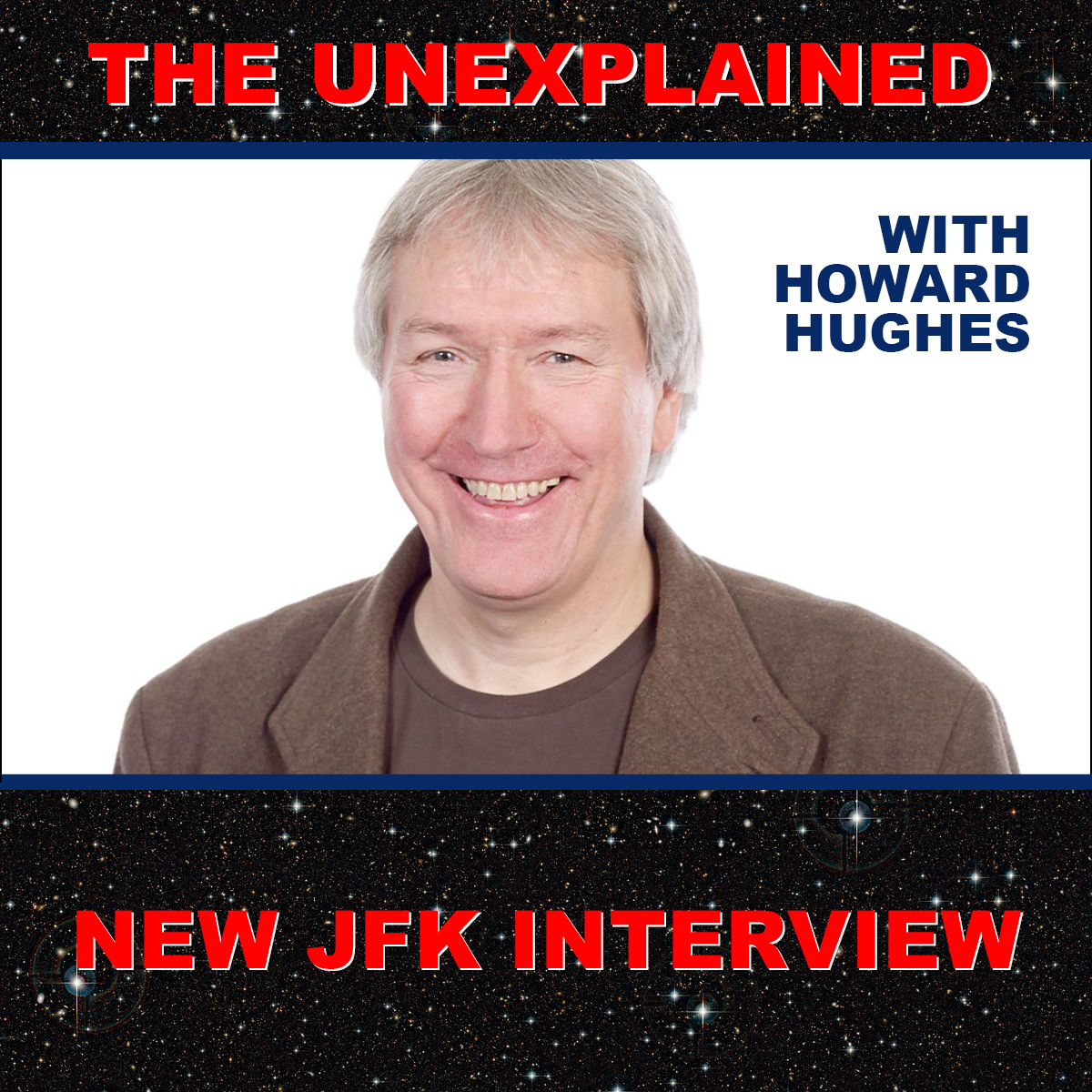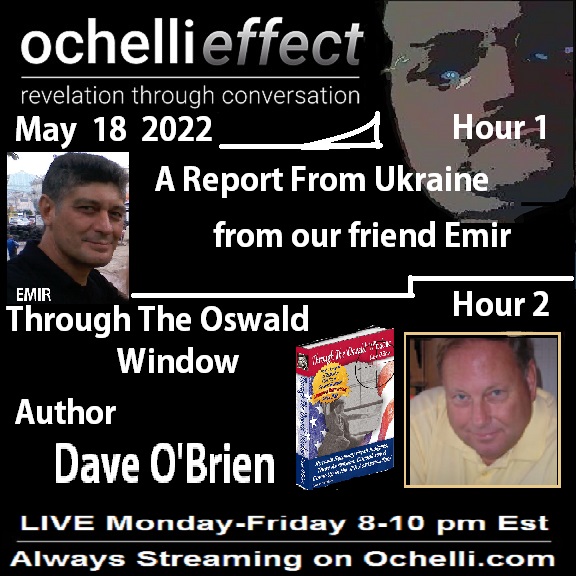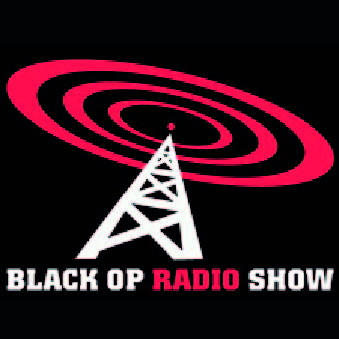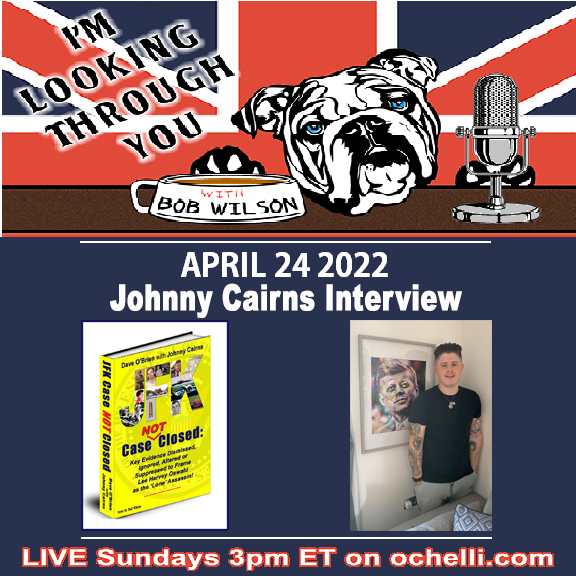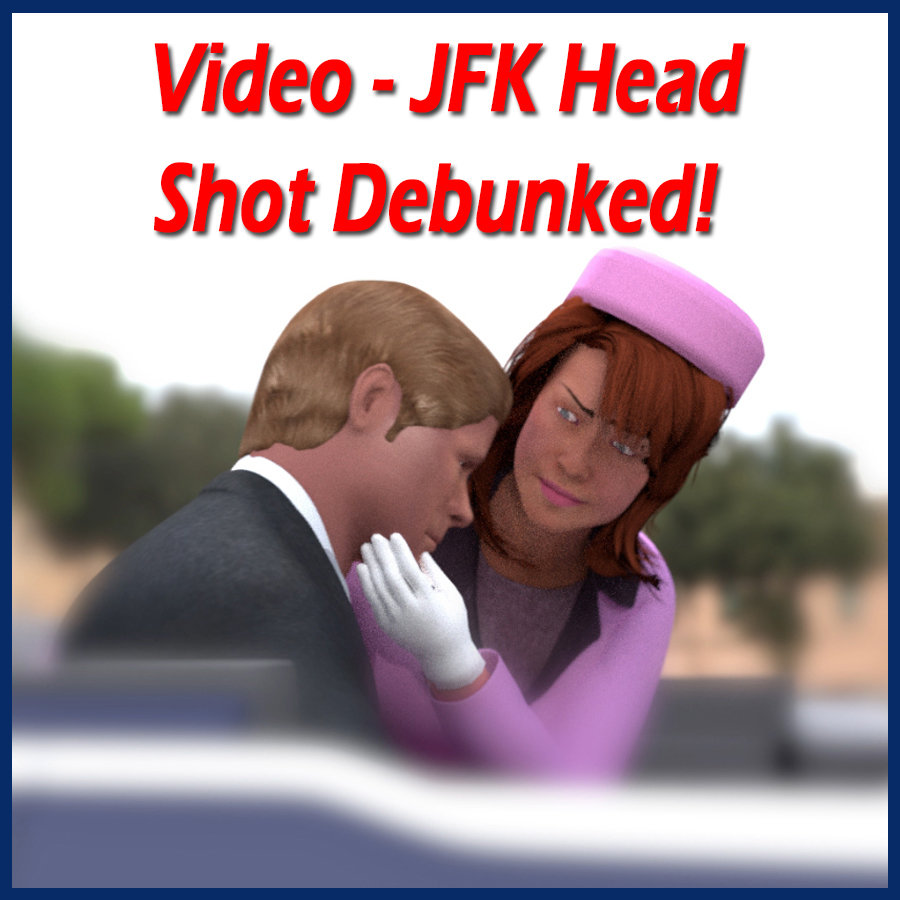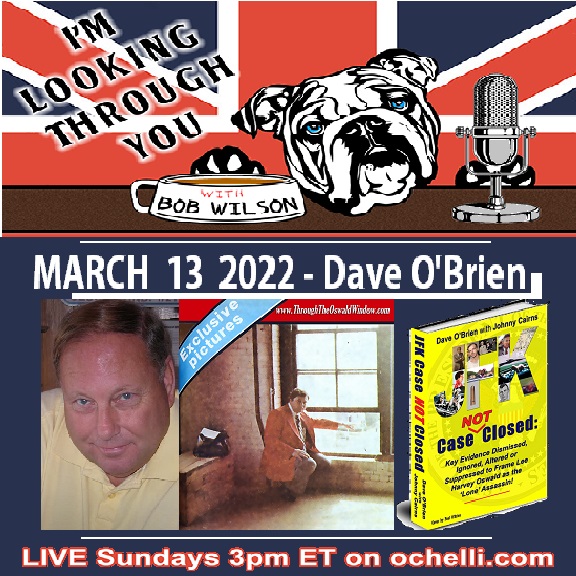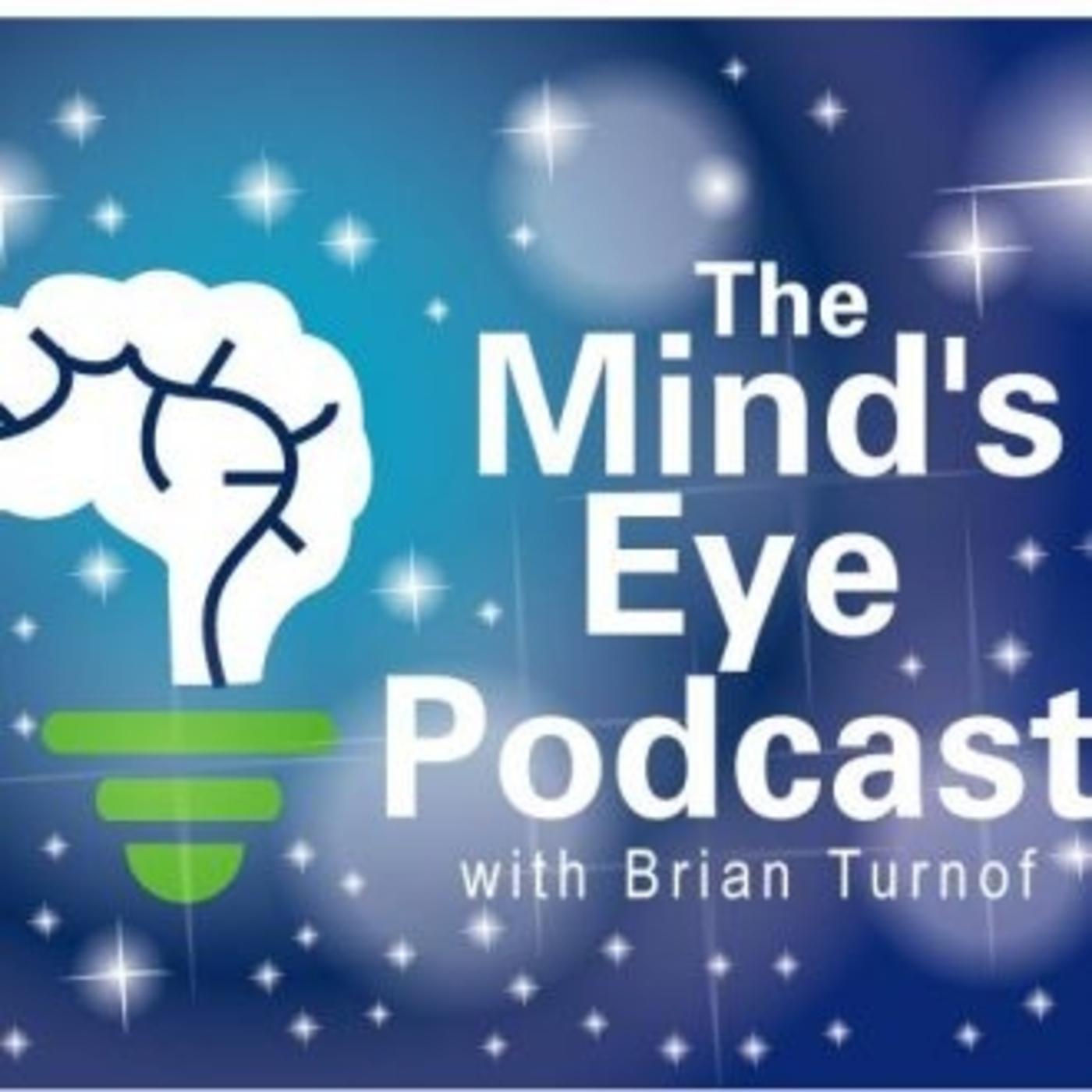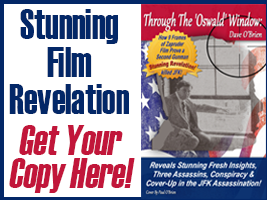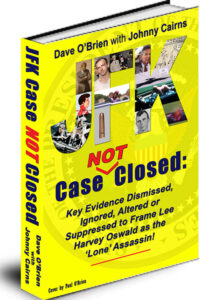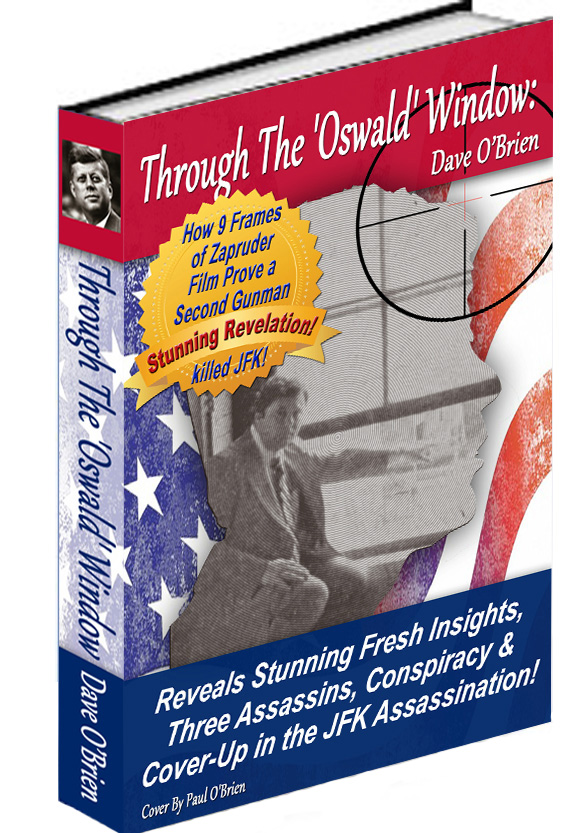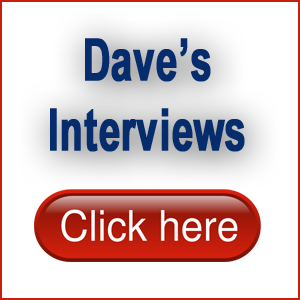Q&A with Dr. David Mantik (MD, PhD) on the Autopsy and Medical JFK Assassination Evidence in the National Archives in Washington
Through The ‘Oswald Window Author Dave O’Brien
Discusses the JFK Assassination Autopsy and Medical Evidence
in the National Archives with Dr. David Mantik, MD, PhD
Question – Are you confident that the autopsy photos and X-rays that you observed in the National Archives are authentic?
Dr. Mantik – Yes, they are mostly authentic, except for critical areas that were altered—in both the photographs and the X-rays.
Question – We have both agreed that all three Rydberg diagrams shown here are inaccurate through no fault of his own. Based on your observations of the autopsy photos and X-rays in the National Archives, is the non-fatal entry wound in the lower neck accurate (CE 385)? Is the entry wound to the crown area in the back of the head accurate (CE388)? And is the explosive exit wound above his right ear accurate (CE 386)?
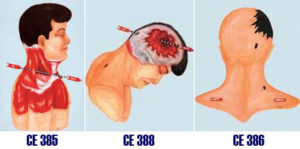
Dr. Mantik –CE-385 should not show a trajectory–because none existed; no projectile took this path, or any similar one. Based on autopsy photographs, and the Boswell autopsy sketch, and the eyewitnesses, the posterior entry wound in the low right neck is somewhat too high in this sketch. The throat wound is clearly too low; it was just above the knot in the necktie, which should be much higher.
CE-386 is fairly accurate for the occipital entry wound entry. But the large defect (shown in black) should incorporate the entry wound. Based on the X-rays, this large defect extended somewhat to the left of mid-line—both at the skull vertex, and also in the occiput.
Regarding CE-388, based on Boswell’s sketch for the ARRB, based on the X-rays, and based on the eyewitnesses, the large defect shown here is too small. It should extend into the occipital area (as was described in the official autopsy report). It should also extend anteriorly to JFK’s hairline (as I ascertained at the Archives, based on the X-rays). My sketches are in Murder in Dealey Plaza. It should also extend a little across the mid-line to the left side of the skull vertex—as is plainly obvious on the AP X-ray.
Question – As shown below, is it known how medical illustrator Ida Dox, some 12 years later, drew similar representations of the above three wounds on JFK for the House Select Committee on Assassinations?
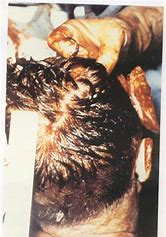
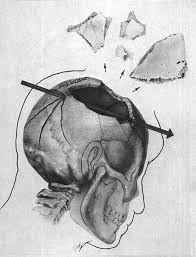
Dr. Mantik – She was instructed (in some detail) by Michael Baden, MD, chairman of the HSCA Forensic Pathology Panel. See (online) John Hunt’s “A Demonstrable Impossibility” at the History Matters website for this fascinating conversation between Baden and Dox.
Question – Is this post mortem face sheet prepared by Dr. J. Thornton Boswell at time of autopsy, showing a bullet entry wound in the upper back instead of the base of the neck, correct as supported by the President’s suit jacket?
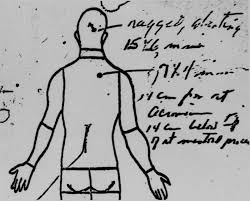
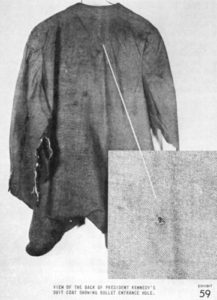
Dr. Mantik – Yes, Boswell’s sketch of the upper back seems reasonable, and it seems consistent with JFK’s jacket. Of course, decades later, Boswell elevated this wound to make it more compatible with the Single Bullet Theory. It is fair to ask how Boswell’s much-later memory had improved so much over his contemporaneous sketch. Of course, no one dared to ask him that.
Question – Do the autopsy photos and X-rays you saw in the National Archives support or refute the observations of several Parkland medical professionals who said they saw what appeared to be the exit wound on the President’s head located at the right rear occipital region of his skull as indicated by Dr. Robert McClelland in this photo?
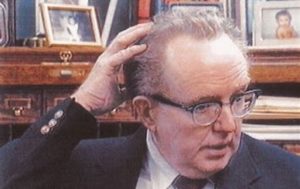
Dr. Mantik – The X-rays are in excellent agreement with the eyewitnesses, including Dr. McClelland. The photographs of the back of the head show no occipital wound. Of course, they can only show scalp, and therefore they can tell us nothing about underlying bone, which McClelland said was missing. (The X-rays agree with McClelland.) In any case, the image pair of the back of the head yields only a 2D image (precisely where the medical witnesses observed a large hole), so we know that the images are not trustworthy. Furthermore, the HSCA discovered that the images could not be matched to the camera/lens combination actually used at the autopsy, so the Forensic Pathology Panel was misled about the reliability of the photographs.
Question – Based on your observations of the autopsy photos and X-rays, were you able to ascertain the nature of the wounds sustained by President Kennedy? If so, please describe your findings here.
Dr. Mantik – See my sketches in Murder in Dealey Plaza. Also see my sketches (on a skull) in my e-book, JFK’s Head Wounds. The primary skull defect extended well into the (bilateral) occiput, but also involved the right parietal area, and even the right frontal area, all the way to JFK’s right forehead hairline. This major defect extended somewhat to the left of mid-line (both in the occiput as well as at the skull vertex), so it was huge. My conclusions agree fairly well with Boswell’s sketches for the ARRB, but my sketches are likely more accurate than Boswell’s, since he had to rely solely on his memory.
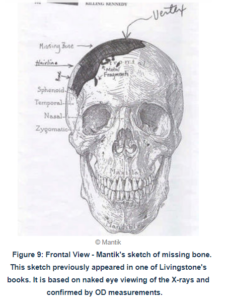
Question – The small circular throat wound observed by Dr. Malcolm Perry (before it was obliterated by a tracheal incision) is not in the medical evidence you studied. I am not convinced that this hole was either a bullet entry or exit wound. What is your take on this wound?
Dr. Mantik – I agree. The throat wound was not due to a bullet entry, and it was not an exit wound, so no through-and through trajectory applies here. The throat wound was most likely caused by a glass fragment from the windshield, which did not exit (but rather caused the contusion at the top of the right lung). See my discussion in THE JFK ASSASSINATION SURVEY, near the end of the CONCLUSIONS section.
Question – You have recently suggested to me that a skull X-ray shows a blow-out type wound in the back of the head, but this Ida Dox representation of an autopsy photograph does not show such a wound and is therefore fake. Can you elaborate on this and opine as to if, how and when the autopsy photos may have been altered?
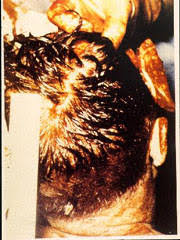
Dr. Mantik –The eyewitness reports strongly suggest that alteration was completed that same weekend. Robert Knudsen was absent from home that entire weekend, and he claimed to have worked with the autopsy photographs. Knudsen’s family also (later—after Robert’s death) confirmed that Robert had told them that autopsy photographs had been critically altered. Based on my observations at the Archives, we know that at least one autopsy photograph (that purports to be an original) can only be a copy, not an original. See my discussion here: https://www.sott.net/article/182452-The-JFK-Autopsy-Materials-Twenty-Conclusions-after-Nine-Visits.
So, if one photograph is a copy, then that opens the door wide to any others as copies as well. The chief candidate for alteration, of course, is the back of the head photograph. Stereo viewing of this site (by Robert Groden and by me) shows that the expected 3D image does not result. This can only mean that two ‘identical’ images were pasted into both members of the photographic pair. The schemers, instead, should have inserted a slightly different image into each member of the pair; this would have yielded a genuine 3D image via stereo viewing. But they were not particularly careful that weekend, where time was likely in short supply. Perhaps they have now learned their lesson. See the CONCLUSIONS section of my JFK ASSASSINATION SURVEY for a photograph of the back of JFK’s head, taken that same morning in Fort Worth. The contrast (compared to the autopsy photographs) is embarrassing.
Question – Other than the autopsy face sheet, the testimony of Secret Service agent Clint Hill, the President’s suit jacket and the FBI autopsy report, is there any other evidence you saw (i.e. photos) that place the back entry wound to be approximately 5 ¾ inches below the collar line and slightly to the right of the spinal column?
In other words, did you see any evidence, other than this discredited Rydberg illustration, to support the Warren Commission’s claim that bullet 399 first struck JFK at the base of his neck almost six inches higher than the autopsy face sheet, exited his throat and went on strike Governor Connally?
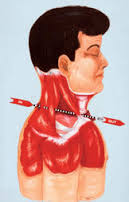
Dr. Mantik – The X-rays are not useful for locating the back wound. The photographs show the back wound as too low to yield a valid Single Bullet Theory (SBT). Of course, we also have the statements from the autopsy paraprofessionals, who place the wound far too low for the SBT.
Question – Based on your studies and observations of the medical evidence in the National Archives, do you agree with the Warren Commission’s ‘Single Bullet Theory’ that purports all seven non-fatal wounds sustained by both President Kennedy and Governor Connally were inflicted by one bullet (CE 399 shown here) that lost only 1.5% of its body weight?

Dr. Mantik – Of course not.
Question – Forensic Pathologist Dr. Cyril Wecht is quoted extensively in my first book (Through The ‘Oswald’ Window) about the President’s wounds, which challenge the findings of the Warren Commission.
Why is it that Dr. Michael Baden and other forensic scientists who have observed the same medical records tend to support the findings presented in the Warren Report?
Dr. Mantik – The chief issue here is reliance on authority. We must recall that the Forensic Pathology Panel was assured by the HSCA that the autopsy photographs had been authenticated. As Aguilar and Cunningham clearly showed (HOW FIVE INVESTIGATIONS INTO JFK’S MEDICAL/AUTOPSY EVIDENCE GOT IT WRONG) – Gary L. Aguilar, MD and Kathy Cunningham, May 2003), this was a lie. The Department of Defense had located the camera/lens combination that had been used at the autopsy, but it could not be matched to the autopsy photographs.
Despite this, the HSCA did not inform the Forensic Pathology Panel of this gross discrepancy! Baden and colleagues (apparently still) accept the photographs as authentic. However, I have never heard him (or his colleagues) explain why he still believes this. Perhaps it is merely an automatic reflex, as he has never before been asked to doubt such evidence. Furthermore, his daily autopsy work, over decades, routinely relied on his own experience with the body and did not rely solely on photographs, so this was a novel experience for him.
Question – Is there any other observations you would like to make about the autopsy performed on President Kennedy, the medical records in the National Archives or the handling of the medical evidence as it all relates to the findings published in the Warren Report?
Dr. Mantik – Yes, indeed. For further details, see my closing comments on my website in the CONCLUSIONS section of my JFK ASSASSINATION SURVEY.
- Based on the observation of bruising at the actual wound sites (versus no bruising at the chest tube sites)—as clearly cited in the autopsy report itself—we know that the pathologists knew that JFK had been struck in the throat by a frontal projectile (although they did not know what it was). Likewise, they understood that a projectile had entered his right forehead (at the hairline). Although the autopsy photograph does not show this entry wound, it does show an incision (which obscures the actual wound), and we know (with certainty—based on eyewitnesses) that this incision did not exist in Dallas. So, somewhere after Parkland, this incision was deliberately created. Only one possible reason exists for this: It was intended to obscure the entry wound at this site. Even Boswell admitted that the forehead contained an “incised wound.” It does not get much clearer than that.
- Most likely they recognized a frontal entry wound just above and anterior to the right ear—associated with a large occipital exit hole. See my e-book for many witnesses to this temporal entry wound; also see the comments of James Jenkins, who saw this entry wound while at the autopsy.
- JFK was struck by three headshots—including two from the front (one at the frontal hairline and one near the right ear), and one shot from the posterior, entering near the external occipital protuberance, just as reported by the pathologists.
- No bullet struck JFK in the back—or in the throat. The Single Bullet Theory is nonsense. The (superficial) back wound was likely caused by metallic shrapnel.
- The purported brain photographs of JFK are not of his brain.
- The X-rays and photographs have been altered at critical sites—in order to disguise evidence of frontal shots. Failure to hide these shots would have required a conclusion of conspiracy, which was not politically acceptable in 1963.
- The Zapruder film has been critically altered—for the same reason.
- The acoustic evidence (from the Police Dictabelt) is bogus. See my 100+ page review at my website starting on page 42 for 37 specific reasons to doubt that this noise includes authentic gunshots.
To view Dr. Mantik’s library of works on the JFK assassination, click on this link:
http://themantikview.com/
About Dr. David Mantik (MD, PhD)
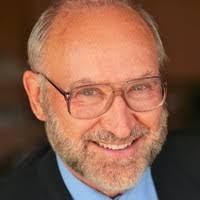
- Radiation oncologist from Rancho Mirage, California.
- A USC faculty member at the Loma Linda University with a Fellowship from the American Cancer Society.
- A cancer treatment specialist who treated thousands of cancer patients with X-rays, electrons and protons.
- Has examined the JFK assassination autopsy photographs and X-Rays in the National Archives in Washington a total of nine times.
- Has written extensively on the physical and medical evidence related to the JFK assassination, which can be read on his website per the above link.
- Numerous guest appearances on websites, podcasts, radio and television programs.
About Dave O’Brien
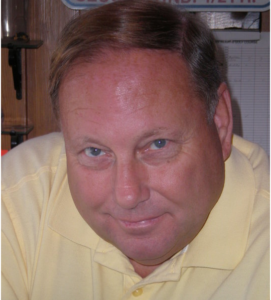
- 2019 – Author of Through The ‘Oswald’ Window: Reveals Stunning Fresh Insights, Three Assassins, Conspiracy & Cover-Up in the JFK Assassination.
- First generation researcher into the JFK assassination, starting in 1965 at age 13.
- At age 16, developed a ‘pen-pal’ type relationship with reclusive Parkland Hospital Doctor Malcolm Perry, whose tracheal incision on the President’s throat gave birth to the controversial ‘Single Bullet Theory.’ Letters donated to the Sixth Floor Museum at Dealey Plaza.
- 1978 – Covered the House Select Committee Hearings on Assassinations as a reporter.
- 1979 – Became one of the few researchers ever granted access to the Texas School Book Depository Building when it was locked and sealed from the public, leading to several shocking observations that challenge the findings of the Warren Report.
- Has given seminar presentations on the JFK assassination to more than 200,000 people across Canada spanning 40 years.

